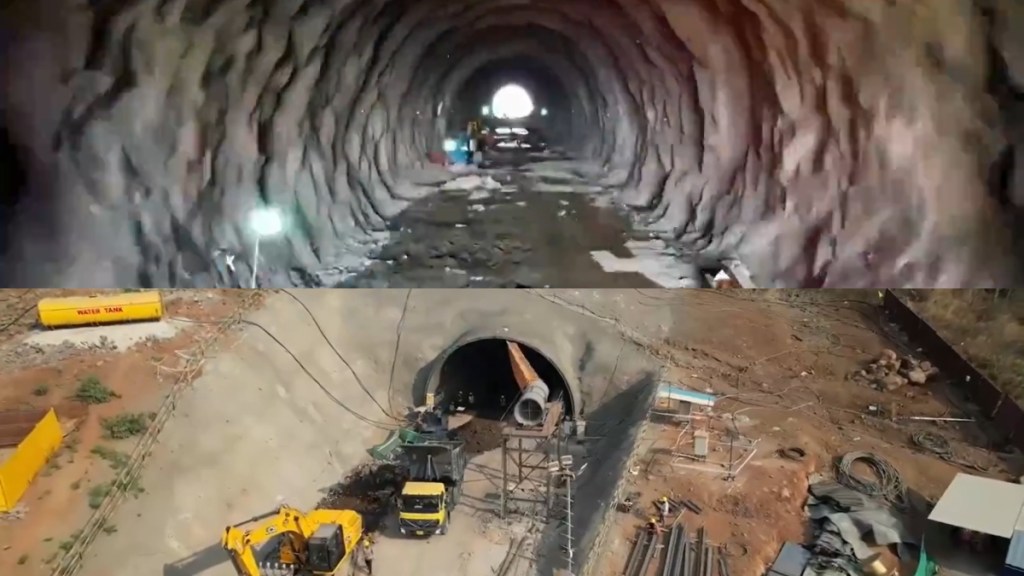One of the highly anticipated projects of the Indian Railways is the Mumbai to Ahmedabad bullet train project. Many have called this project a game-changer as it aims to revolutionise the Indian railway network. The ambitious project was launched in September of 2017 with Japan’s collaboration. This high-tech initiative promises to cut travel time between Mumbai and Ahmedabad down to just two hours, marking a significant leap from conventional trains and buses.
However, the project’s progress has been marred by several delays, damping people’s excitement a little. A recent RTI from the National High Speed Rail Corporation Limited (NHSRCL) on the completion date of the project revealed that the Indian Railways is unsure of it as all the work tenders have not been awarded yet.
Mumbai-Ahmedabad bullet train project update
To give an update on the project, Railway Minister Aswini Vaishnaw posted a video on X, formerly Twitter, of the project’s excavation and tunneling work and how geotechnical instruments are being employed to navigate through these challenges.
Sharing the video, Vaishnaw wrote that instrumentation technologies are being used for enhanced safety and better monitoring in the project.
The video highlights that excavation and tunneling are one of the major challenges that the project faces, especially when its underground tunnel rests beneath a city like Mumbai.
Mumbai-Ahmedabad bullet train project: Use of geotechnical instruments
The project demands safety of the surrounding structures. To ensure the safety of civil structures and various pipelines lying in the areas surrounding the project, highly sensitive monitoring is carried out with geotechnical instruments.
Such instruments play a crucial role in ensuring the safety of both the ongoing tunneling work and the structures surrounding the site. Various types of geotechnical instruments have been installed to monitor tilt settlement, vibration, cracks, and deformation, ensuring the overall safety of tunnels, shafts, and surrounding structures, the video revealed.
It goes on to share that geotechnical instruments are connected to their respective modules to record and monitor relevant values, accessible through a dashboard interface. Data is regularly monitored, facilitating the timely detection of potential risks and enabling prompt interventions to mitigate them. Additionally, monitors installed at tunneling sites help control dust and noise, ensuring that air and noise pollution remain within permissible limits.
The video ends with calling the bullet train project “a marvel of engineering and is a step towards the path”.


